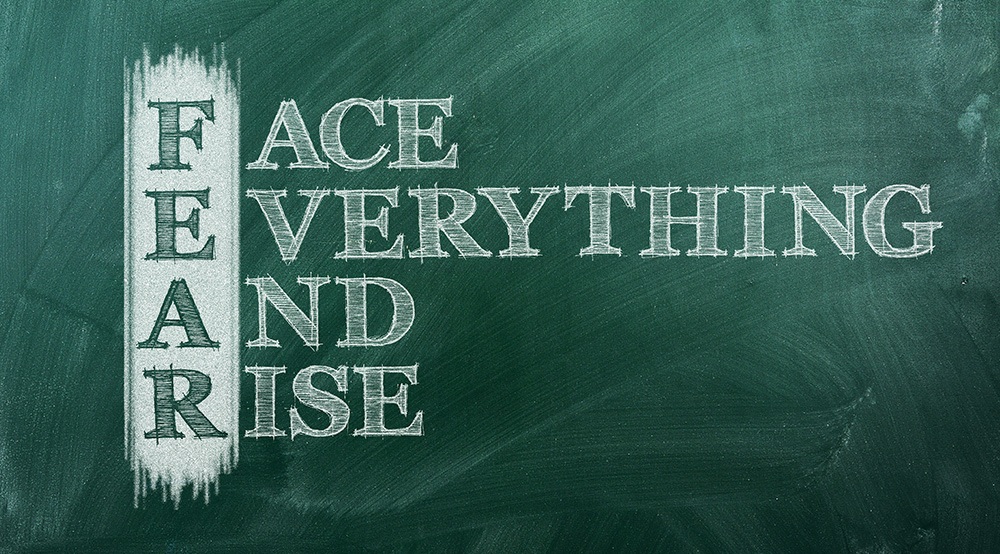When Erica Jong wrote her best-selling novel, Fear of Flying over 30 years ago who would have thought we were about to become the Fear of Everything generation.
In a more resilient time, there were real fears like the 1930s economic depression that put 34 million people out of work around the world. Or the Red Scare and the atomic bomb that caused the capitulation of 19 countries to communist rule and the devastations of Hiroshima and Nagasaki.
Fast forward to the new millennium when we enjoy unprecedented peace and safety, and never has fear been so omnipotent. We have become truly paranoid.
Look how fear of SARS spread far more effectively than the disease. Terrified Americans shut down Toronto for months fearing a northern bubonic plague and cratered our tourism for more than a year. In the end SARS caused 44 deaths in Canada against the 4,776 who died from pneumonia and the flu in 2001.
News media and in particular, 24-hour dedicated TV news are driving this fear with punishing efficiency. And fear is their weapon of choice because it drives ratings and sells product.
But fears are not good for marketers nor the advertising industry. Each would-be apocalypse, and more importantly, the public perception of that apocalypse, takes big chunks out of our business. Look below at results of the last five crises:
| Riding the fear rollercoaster | Winner | Crisis Big Loser(s) |
| Sept 11 | Border Security suppliers | Airlines, Hotels, Convention Services |
| Anthrax | Surgical Masks | US Post Office |
| SARS | Lysol | Toronto & Hong Kong |
| Mad Cow | Soy | Big Mac |
| Trans Fats | Subway | Krispy Kreme |
As marketers we need to remember that our brands are built on trust. That trust is shaken rightly or wrongly, fairly or unfairly every time crisis hits and consumers’ sense of fear is reawakened. The brand becomes collateral damage. Over time, as a brand is caught in one category crisis after another, consumers develop ingrained mistrust. “How many times can the airline cancel my flight?”, “Is that food safe to eat?”, “Are those tires going to last?”
The reality is that SARS made a number of people sick and a smaller number died from it, but the doomsday scenario spun by the news media was able to take the brand-in this case the City of Toronto and send it down the tubes.
Most marketers don’t respond well to crisis. They fear appearing self-serving, manipulative or over reactive. Often their message is defensive, evasive and unsure and sometimes it takes them months, if not years, to restore consumers’ trust.
Strong, trustworthy brands are the foundation of our business and they cannot thrive in a culture of fear. Advertising needs turn fear on its head and retake the high ground. Restore the trust consumers have with brands through messages that create hope and possibilities.
Remember when Coke was a truly iconic brand and they ran the legendary, “I’d like to teach the world to sing” campaign. In “1984” Apple created a literal metaphor for freedom of choice with the eponymous campaign that ran only once but will be remembered as long as we study advertising. The recent HP work has been so powerful and inspiring that it will take the brand beyond the demise of their departed Chair/CEO, Carly Fiorina. British Airways raised us to a new level of imagination with ‘Manhattan’ and even Air Canada -a brand with rock bottom levels of trust may have a huge hit with their Celine Dion creative, ‘You and I were meant to fly’. Let’s consider how advertising can be used to raise the stature of brands instead of letting the culture of fear drive them off the shelves.






